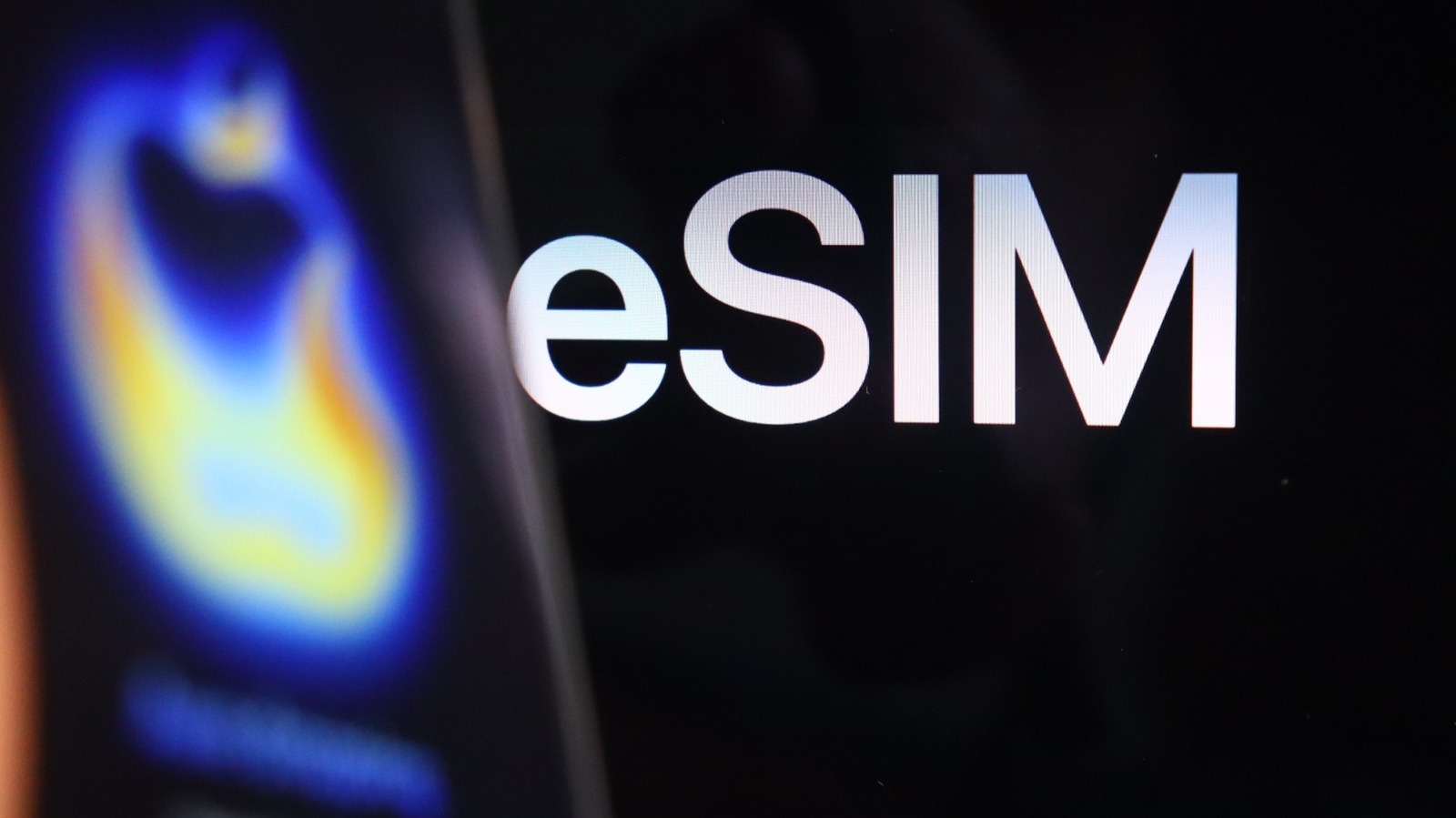In conjunction with last week’s worldwide push to champion sustainable water consumption practices, PepsiCo and the Coca-Cola Company have published extensive reports that detail their specific business practices around championing clean water.
The PepsiCo one, entitled “Water Stewardship: Good for Business. Good for Society,” amplifies the water stewardship goals that the company outlined in April 2010 when it released its broader update on its corporate sustainability efforts. At that time, it set out a goal to improve water efficiency for each unit of production by 20 percent by 2015. So far, it has managed a 15 percent efficiency gain against its 2006 baseline. Last year, that efficiency improvement amount to a savings of more than 12 billion liters of water.
Another big theme for PepsiCo is “water balance,” that is, the idea that it can use technology and new business practices to give back more water to the earth and particular regions than is actually used in its operations. This year PepsiCo (and Coca-Cola, too, as you’ll read in a minute) started working with the Nature Conservancy on initiatives focused on water balance.
So, for example, the water filtration and purification system that the company is using in Casa Grande, Ariz., is recycling and reusing approximately 80 percent of the process water used in production. In the United Kingdom, the company is working in way to capture the water in the potatoes that go into making its “crisps” (American translation = potato chips). Turns out there is a lot of water in raw spuds. This practice has helped the facility reduce water usage by 42 percent so far. There are a number of other examples in the report, notably ones that are related to agricultural practices.
The report published by Coca-Cola and the Nature Conservancy, “Product Water Footprint Assessments: Practical Application in Corporate Water Stewardship,” drills down more deeply into three specific examples of how Coca-Cola is working on this problem. The company defines a product water footprint as “the total volume of freshwater consumed, directly and indirectly, to produce a product.”
To put a finer point on it, Coca-Cola notes that there is a big difference between water footprinting and carbon footprinting. Here’s what it says in the report:
“With carbon footprints, one can compare similar products (if the same boundaries and methodology are used) knowing that lower carbon (or zero carbon) is better. On the other hand, water footprints help identify where water is used in the production of a production and what type of water is used. Water is local and thus water footprint numbers must be considered in the context of the local watershed.”
The focus of the Coca-Cola report is on water footprint assessments of the following:
- Coca-Cola sold in a 0.5 liter PET bottle, specifically one produced by Coca-Cola Enterprises in the Netherlands
- Beet sugar supplied to Coca-Cola in Europe
- Minute Maid and Simply Orange products sold into the North American market
Those assessments are provided for three different types of water uses:
- Green water uses, which pertains to the use of rainwater trapped in the soil
- Blue water uses, referring to surface and ground water
- Grey water, which is defined as the volume of water that is needed to
- assimilate pollutants
The assessments break down all three of the scenarios described above for these different types of uses. The footprints differ depending on where products are sourced. So, for example, the Coca-Cola Simply Orange product, when sourced in Florida, has the following footprint per liter: 386 liters for green water, 154 liters for blue water, 100 liters in grey water. If you source the oranges from both Florida and Brazil, those numbers change: the greenwater footprint is 407 liters per liter of product, the blue water footprint is 127 liters, and the grey water footprint is 117 liters.Here’s the common theme in both these reports: The biggest piece of water footprints is related to the way different ingredients are grown in the field rather than the impact of factory processes. Here’s a comment from Denise Knight, the director of water and sustainable agriculture for Coca-Cola:“We see significant opportunity to engage more directly with our agricultural suppliers to advance sustainable water use for the cultivation of ingredients in our supply chain. Our initial efforts will focus on the sustainable sourcing of sugarcane, oranges and corn.”More evidence that water conservation technology in the field is a smart corporate sustainability investment.









.jpg)


.jpg)